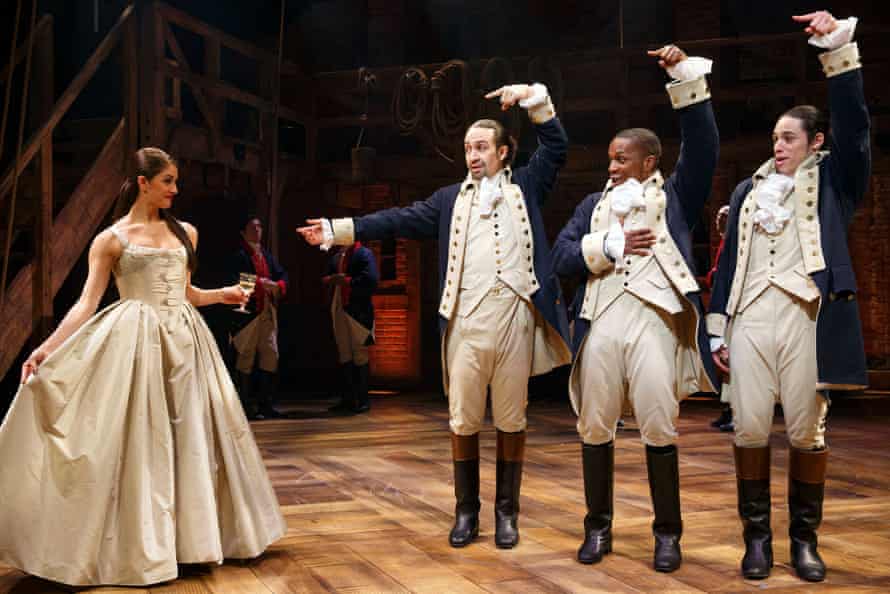What does Monaco mean by the term “The spectrum of the arts”?
In the book “How to read a film” By Monaco, through pages 22-28 he mentions the concept of “the nature of art” and “the spectrum of arts”. By mentioning “the nature of art” Monaco introduces the concept of a scientific and mathematical past to art through the context of the history of the arts and how they’ve developed.
He first mentions the Greeks and Romans approach, specifically to the rubric of poetry and the three approaches the Greeks and Romans had, these three being: Lyric, Dramatic and Epic. “By the late seventeenth century, the range of the word had begun to narrow once again. It was increasingly applied to activities that had never before been included—painting, sculpture, drawing, architecture—what we now call the “Fine Arts.” The rise of the concept of modem science as separate from and contradictory to the arts meant that Astronomy and Geometry were no longer regarded in the same light as Poetry or Music.” (quote pulled from “how to read a film” By James Monaco.) In the quote Monaco depicts the image that the word art sort evolved, from a sort of atavistic version of the word now, to a definition society is now more familiar with. Furthermore the chosen text also explains how the words once closely related scientific aspect was more disregarded and more and more unrelated from the new, narrowed, definition of the word.
After establishing the context of the word and concept of “art’ and informing the reader of the words past, Monaco introduces the idea of the “Spectrum of the Arts”. He does so by displaying the introduction of Film to the art realm and ‘recording media’ and ‘representative media’. After establishing the concepts of recording media and representative media he then moves onto Film, this is where he mentions the “Spectrum Of The Arts”, by explaining how Film doesn’t completely eliminate the intervention of a third party between the subject and the observer but does significantly reduce the distortion that the presence of an artist inevitably introduces Monaco can swiftly introduce the spectrum of arts:
- the perfomance arts, which happen in real time;
- the representational arts, which depend on the established codes and conventions of language (both pictorial and literary) to convey information about the subject to the observer;
- the recording arts, which provide a more direct path between subject and observer: media not without their own codes but qualitatively more direct than the media of the representational arts.
The performance arts are art forms such as: dance, music, opera, theatre and musical theatre, magic, illusion, mime, spoken word, puppetry, circus arts, performance art. There is also a specialized form of fine art, in which the artists perform their work live to an audience. This is called performance art. When art is classed as ‘performance arts’ the art therefore must be being displayed in real time and/or live, no repeats, retries and such, this obviously complicates things for the performers/actors since if they make a mistake they will most likely lose the viewer’s/audience’s attention and/or respect.
This example of the ‘performance arts’ depicts a dance performance held place on a stage in front of an audience live
Representational art or figurative art represents objects or events in the real world, usually looking easily recognizable. For example, a painting of a cat looks very much like a cat– it’s quite obvious what the artist is depicting. So the obvious example for representational art is a portrait painting like the famous painting “Mona Lisa” it’s very vivid that it is displaying a portrait of a woman. But going more in depth and modern, comics and such are examples of representational arts too as it’s made very clear that the creator is depicting a person with powers saving the day.
Marvel Comics
Mona Lisa
The recording arts are more direct forms of art, also being under the concept of media, the recording arts records the art whether that be recording audio or visual and sometimes not recording but just displaying audio and/or visual art. The examples I am referring to are as followed: Music and Music Business. Within the entertainment industry, most people associate the recording arts with music and the music business. This example directly correlates to the audio recording aspect, Television and Film. This example directly correlates to using both audio and visuals to form art and lastly Video Games are the example which I was relating to when explaining that some recording arts don’t have to record the art just display the audio and visuals.
Music and Music Business
Television and Film
Video Games











